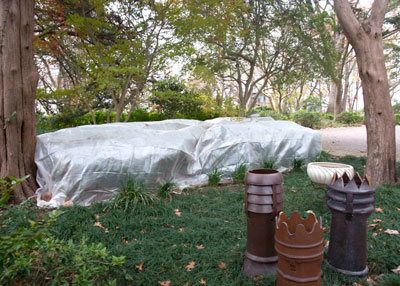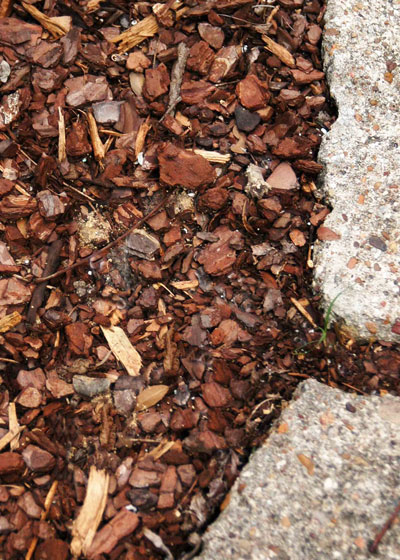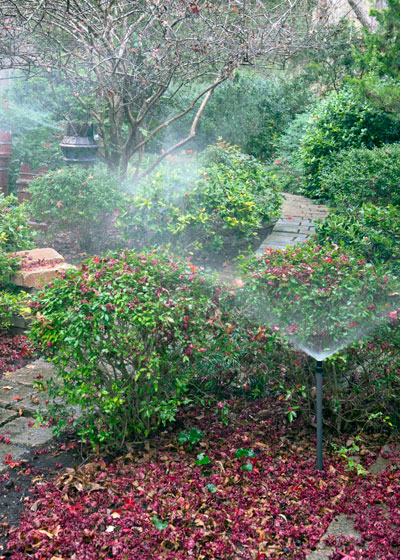Minimizing Damage from Winter Weather Ahead
Last week’s cold spell seemed brisk at the time, but we all can remember much colder events. I’ve put together a list of things you can do to minimize the impact of winter blasts in the future.


Things you can do to lessen cold damage…
We have several good options in limiting landscaping damage done by cold. Here are the ones that come first to my mind.
• Choose plants you know to be winter-hardy in your area. Know your locale’s USDA Hardiness Zone and buy plants whose Zone ratings match it or the one to the north (next smaller number). If you’re in Zone 7, for example, choose plants adapted to Zone 7 or 6. Zone 8 plants are likely to be hurt by extreme cold in your area. If you happen to have my latest book Lone Star Gardening (available elsewhere in this e-gardens) you will see on Page 5 that I disagree with the 2012 revised map that shows Zones pushed several counties farther north. I feel that we should be using the 1990 Zone map and I explain why. Without going into all that detail here, I will at least show you our simplified versions of the maps. I suggest very strongly that you use the 1990 map as your guide. Since the newer map was released we’ve had several cold winters that were more representative of those old Zones.

• If you opt to plant a few plants that you know might be tender in your area, be prepared to cover them with frost cloth during extremely cold weather. It’s a lightweight material that will gain you 6-8 degrees of warmth from the soil. It can make a big difference in plant survival without damage. Do not cover with polyethylene plastic. It actually makes things much worse.
• Plants are less likely to be hurt if they’re planted on the north sides of houses where the first cold snaps will acclimate them to cold weather. Plants on the sunny south sides often keep growing too far into the winter. They also heat up too quickly on cold mornings, suffering frost “bite” damage in the process. This is contrary to what most people might have imagined.

• Mulch your beds to moderate the rates of freezing and thawing. Compost or finely ground pine bark work especially well. Shredded tree leaves piled several inches deep are also a good option.

• Keep your plants well hydrated prior to cold spells. Plants that are dry are far more likely to be burned by cold winds and low temperatures. Be mindful that the mulch is likely to absorb part of the water, so pull it back to check the depth of watering – to make sure a good bit soaks into the soil.
• Prune at the proper time. Pruning stimulates new growth, so heavy trimming ought to be saved for late January and early February. However, some plants should not be pruned at that time. That list includes spring-flowering shrubs and vines and old-fashioned climbing roses that only bloom in the spring. Wait until those plants have finished flowering to trim them. Wait until you have finished harvesting blackberries to cut canes that bore fruit completely to the ground. Blackberries bear on canes produced the prior growing season, which is why you don’t prune them in the winter.
